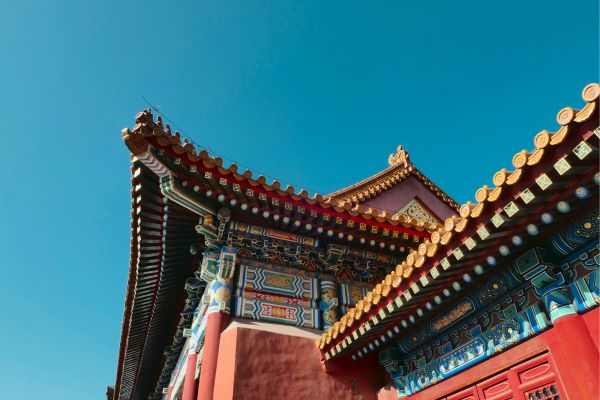
On 14 Oct. 2024, the China National Intellectual Property Administration (CNIPA) and the State Administration for Market Regulation (SAMR) jointly issued the “Measures for Calculating Illegal Business Revenue in Trademark Infringement Cases” (商标侵权案件违法经营额计算办法, hereinafter the “Measures”), which provide detailed operational guidelines for trademark enforcement authorities to calculate illegal business revenue.
The Measures, composed of 19 articles, clarifies the definition of illegal business revenue, general calculation standards, standards for complex infringement scenarios, and how to handle cases where actual illegal business revenue cannot be verified.
The highlights of the Measures are as follows.
- “Illegal business revenue” refers to the total value of infringing goods involved in the trademark infringement committed by a party or the revenue generated from the infringement.
- The value of the infringing goods sold is calculated based on the actual sales price. The value of infringing goods that have not yet been sold will be calculated on the basis of the actual average sales price of the infringing goods that has been ascertained or, if the actual average sales price cannot be determined, on the basis of the marked price of the infringing goods.
- If refurbished goods infringe another person’s exclusive right to use a registered trademark, the illegal business revenue is calculated based on the overall value of the infringing goods.
Contributors: CJO Staff Contributors Team









